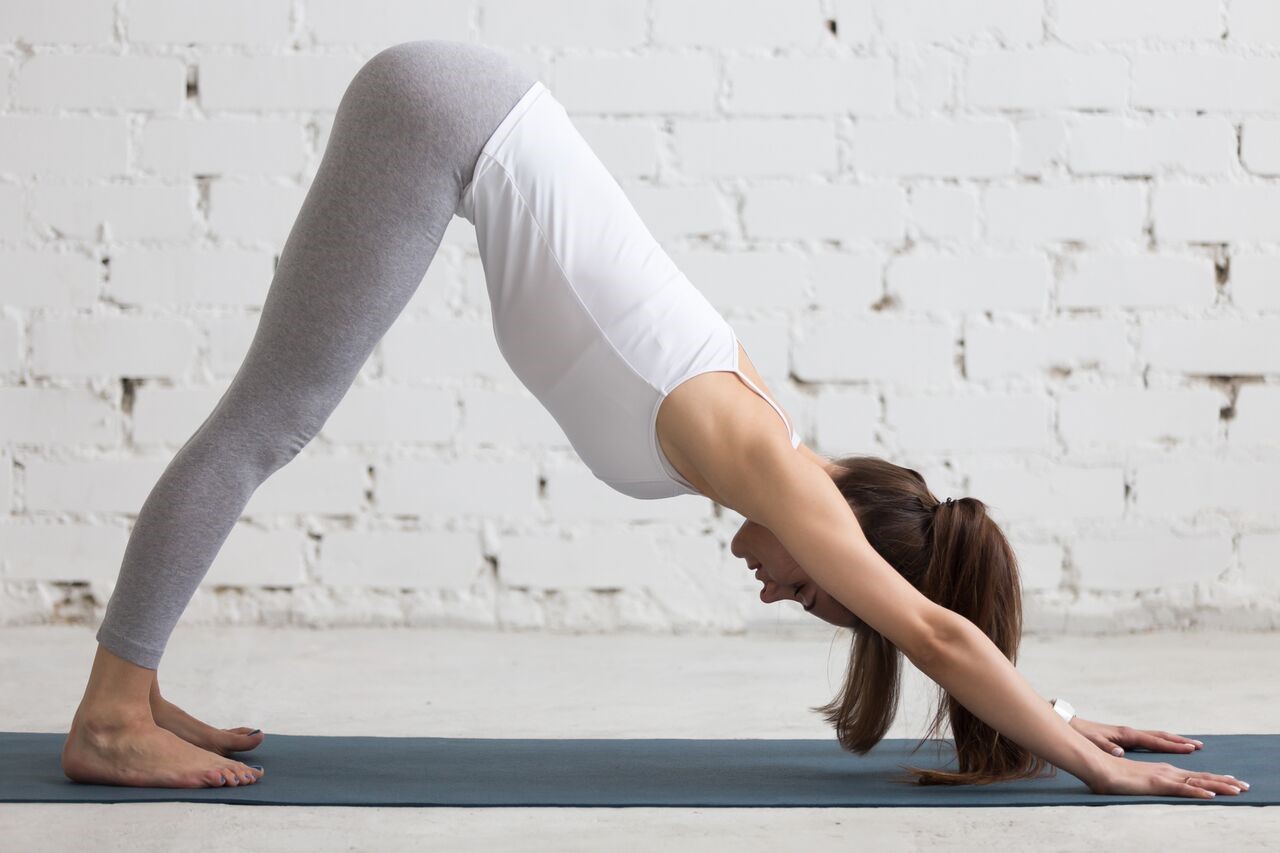Looking for Real-World Examples of Luxury Skincare Customer Acquisition Cost through Digital Marketing
Hello everyone! I’m currently developing a business plan for a skincare brand that will operate through eCommerce. While I have considerable B2B experience, I’m new to the B2C sector. This brand is positioned as a high-end luxury product, targeting markets in the USA, Canada, UK, France, and Germany.
We have an Average Order Value (AOV) of CAD$225 (USD$155) and I’m estimating a Customer Acquisition Cost (CAC) of CAD$125 (USD$86) based on data I’ve gathered from Shopify and other industry sources. For example, with a marketing spend of CAD$4,000 per month, we would expect to acquire around 32 new customers.
I would greatly appreciate any real-world examples or insights you can share regarding luxury skincare brands and their customer acquisition strategies. Thank you!


2 responses to “Are there real-world examples of luxury skincare CAC strategies in digital marketing?”
Absolutely! Luxury skincare brands have leveraged digital marketing in various innovative ways to build their brand and acquire customers effectively. Here are a few real-world examples that might help inform your business plan:
Drunk Elephant: This brand has become a leader in the luxury skincare space through a combination of influencer marketing and compelling content. They often collaborate with beauty influencers who resonate with their target audience, driving traffic to their site. They make use of engaging content such as videos, tutorials, and user-generated content on social platforms, creating a sense of community and exclusivity.
Tatcha: Tatcha has effectively utilized digital marketing through storytelling, focusing on the heritage and ingredients of their products. They run targeted Facebook and Instagram ads featuring testimonial videos and before-and-after photos, which resonate well with their luxury audience. Moreover, they offer exclusive promotions through their email marketing campaigns, aimed at converting browsers into loyal customers.
La Mer: Known for its premium price point, La Mer leverages limited-edition products and exclusive online promotions to drive urgency. Their digital strategy includes strategically placed influencer collaborations and SEO-optimized content on luxury skincare routines, drawing potential customers to their online store. They also employ retargeting ads to re-engage users who have visited their website but didn’t make a purchase.
Sunday Riley: This brand effectively uses social media to connect with its audience. They balance professional content and engaging community-driven posts, encouraging followers to share their results. They also run Facebook and Instagram ads showcasing reviews and testimonials, creating trust and social proof, which is critical for luxury skincare shoppers.
Herbivore Botanicals: With a focus on natural and high-quality ingredients, Herbivore utilizes Instagram to showcase its aesthetic and editorial-style product photography. Offering free samples with online orders not only helps in customer acquisition but also builds customer loyalty. Additionally, they use targeted advertisements on social media to attract demographics that align with their brand.
For your business, consider the following strategies to improve your CAC:
Leverage Influencer Partnerships: Collaborate with micro-influencers who resonate with your brand ethos. They often have dedicated followers interested in luxury skincare, and their promotions generally yield higher engagement rates and lower CAC.
Content Marketing: Create valuable content that educates potential customers about your products, their benefits, and usage. This can be blogs, videos, or even interactive quizzes that lead users to the products they may need.
Email Marketing: Implement robust email campaigns, offering personalized recommendations, exclusive offers, and engaging stories behind your products can enhance retention and foster loyalty, reducing CAC over time.
Remarketing Strategies: For those who visit your site but don’t convert, implement retargeting ads to draw them back with enticing messages or offers, which can further reduce your CAC.
Finally, continuously analyze the performance of your marketing strategies and adjust accordingly to optimize your CAC. Good luck with your business plan!
Hi there!
Thank you for sharing your insights and the details of your upcoming luxury skincare brand! It’s exciting to see new entrants in the luxury segment—especially with a focus on eCommerce.
When considering Customer Acquisition Cost (CAC) for luxury skincare, looking at brands like *Drunk Elephant* and *La Mer* can provide valuable insights. Both brands have effectively utilized a combination of influencer marketing, high-quality content creation, and premium customer experiences to attract their target audiences.
For instance, Drunk Elephant employs a robust social media strategy, collaborating with beauty influencers who resonate with their audience. This not only showcases product efficacy but also builds community trust—vital in the luxury space. Their “clean break” messaging appeals to conscious consumers, helping to justify their price point.
Additionally, La Mer invests heavily in storytelling; their marketing evokes emotional connections rather than just highlighting product features. This approach not only enhances brand value but can lead to lower CAC as customers feel more connected and are willing to share their experiences.
You might also want to consider personalized marketing strategies, such as tailoring products or services based on customer preferences. This can be facilitated through email marketing campaigns that offer special discounts or exclusive product launches to loyal customers, thereby increasing retention while managing CAC effectively.
Finally, leveraging user-generated content (UGC) can be a game changer. Encouraging satisfied customers to share their experiences on social media can significantly lower acquisition costs as it fosters organic word-of-mouth marketing.
Best of luck with your brand launch